Join More Than 50,000+ Subscribers and get latest camera news and rumors
NEW CAMERA VIDEOS ON YOUTUBE
|
By admin, on February 20th, 2024
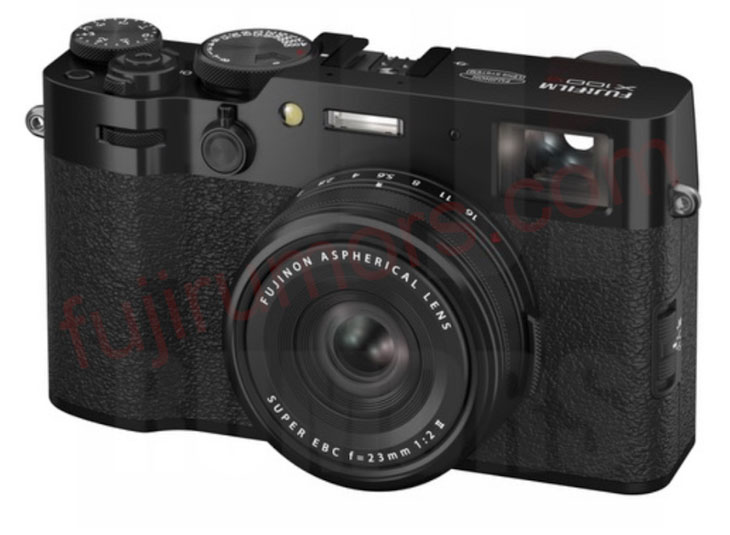
We have the leaked images of the Fuji X 100 VI camera, thanks to the rumor mill for sharing these early images before the announcement. The overall look and size of the camera somehow look similar to the previous generation of Fuji X100 series cameras. Once the camera is out, we will have a detailed review discussing what we like and what we don’t like about it
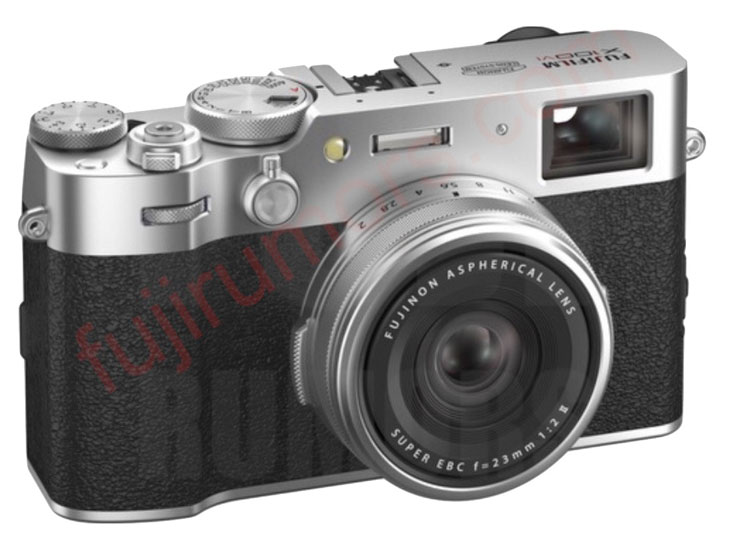
Follow us on our social pages FACEBOOK | TWITTER | INSTAGRAM, –> See More Fuji Rumors Or subscribe to us via Email
Source | Image Credit FR.com
By admin, on February 13th, 2024

Concept Design of Fuji X-S200 Camera | First appeared on thenewcacamera.com
It looks like Fuji has completely quit the entry-level zone of cameras. They have neither updated nor released a lightweight XA series, and they have also discontinued the XT 100, and 200 series of cameras.
The biggest problem arises when a new subscriber or a website visitor asks for a recommendation in the 700-800 price range and is interested in a Fuji camera.
We have a new race of content creators, and these creators prefer cameras made specifically for them, like the Sony ZV-E10 and Canon R50; some are also buying the Nikon Z30. But among all these options, Fuji is missing in this price range.
We know that with the X-S20 camera, Fuji has given us a dedicated content creator mode in the PSAM and mode dial button, but the Fuji X-S20 is not within the reach of entry-level content creators. We all know that cameras like the Sony ZV-E10 contributed 50% [approx] of their entire Alpha series camera sales last year, so there is a huge market out there if someone is serious about the market itself.
Fuji has all the eligibility; they have opened their mount, and they have the best-in-class research and development team to create a camera that can beat the ZV-E10 on their very own ground. But they are still sleeping.
If you talk about entry-level content creators, then take a look at the options we have. We have the Sony ZV-E10 camera, of course, it is now waiting for an update, but again that’s the only camera that has the maximum features and an open E-mount in that range.
After that, we have the Canon R50, in which the log profiles are locked and the lens mount is also locked, so users have very few lens options to select from.
In the Nikon Z30, we still have a 30-minute recording limit in 4K mode even in 2024, and they cannot crack it.
They should be able to create a content-creator camera that at least has the basic essence of a Fuji X-S20 camera without EVF and fewer Physical controls, which will surely make a big space among the entry-level content-creator market.
Share your thoughts with us
Follow us on our social pages FACEBOOK | TWITTER | INSTAGRAM, –> See More Fuji Rumors Or subscribe to us via Email
By admin, on February 9th, 2024

Today most of the Camera News websites worldwide shamelessly use our Fuji X100 VI core Full Core specs without giving back any credit the so-called rumor mill also used the full spec in their recent post without mentioning us.
Similarly, we have also published Fuji X-Pro 4 Specs in December, January, and so on, in every post. As usual, no one has mentioned us again. We have no issues with this, as we no longer expect that there are any genuine people out there with a sense of authenticity in their minds.
Fuji X-Pro 4 is also on the Fuji announcement lineup and is expected to arrive sometime in Q3/Q4 of 2024 if everything goes according to the schedule.
Fuji X-PRO 4 Specification
- 40MP APS-C X-Trans CMOS 5 HR BSI Sensor
- X-Processor 5 Image Processor
- 4K 60p 4:2:2 10-Bit Video
- 7-Stop In-Body Image Stabilization
- 425-Point Intelligent Hybrid AF System
- 3.69m-Dot OLED Electronic Viewfinder
- Bluetooth and Wi-Fi Connectivity
- ProRes & Blackmagic RAW via HDMI
Follow us on our social pages FACEBOOK | TWITTER | INSTAGRAM, –> See More Fuji Rumors Or subscribe to us via Email
By admin, on February 8th, 2024
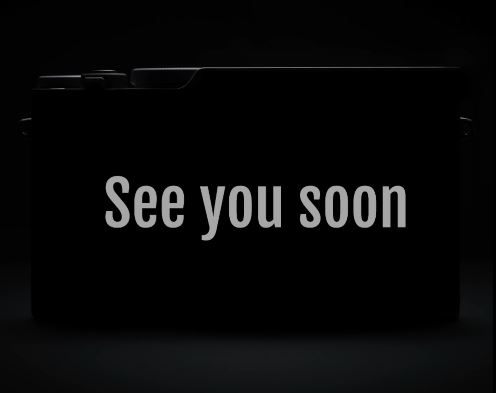
Finally, the teaser for the Fuji X 100 VI, camera is now available. The official announcement of the camera is set to happen on February 20, 2024. Shipping of the camera will begin from February 26 to 28. Please keep checking the provided link for its pre-order because we have a limited quantity in the first slot. Once the first slot is booked, you may have to wait a month or more to book your next slot.
Fuji X100 VI Full Specification
- 40MP APS-C X-Trans CMOS 5 HR BSI Sensor
- X-Processor 5 Image Processor
- IS0125
- 1/180,000sec shutter
- Al subject detection and the latest AF algorithm
- Fujinon 23mm F2 Lens / OR Maybe a new lens
- Hybrid 0.52x OVF with 3.69m-Dot OLED EVF
- 3.0″ 1.62m-Dot Tilting Touchscreen
- 6.2K/30P
- DCI/UHD 4K Video Recording at 60 fps
- 425-Point Hybrid AF System | Improved AF Tracking
- Bluetooth and Wi-Fi Connectivity
- Film Simulation Modes
- UHS-I slot
- a bit heavier than X100V
- Price $1699 [Approx]
We will post an update as soon as it becomes available to us
Follow us on our social pages FACEBOOK | TWITTER | INSTAGRAM, –> See More Fuji Rumors Or subscribe to us via Emai
By admin, on February 7th, 2024
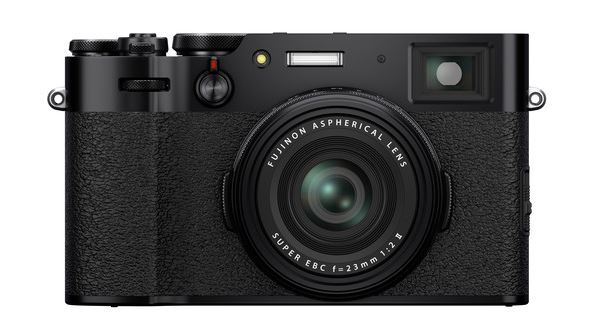
So finally, we have an updated set of course specifications for the soon-to-be-announced Fuji X100 VI camera. Let’s take a look at what has been shared by the new source of the Fuji Rumor mill
Fuji X-100 VI Specification
- IS0125
- 1/180,000sec shutter
- Al subject detection and the latest AF algorithm
- 3.69m-dots EVF
- 6.2K/30P
- 4K/60P
- UHS-I slot
- a bit heavier than X100V
- made in China
- Price $1699 [Approx]
I am surprised by the information shared by the camera si compatible with a UHS-I card slot only and able to record 6k videos with 30fos, I think rumor mill should double-check the information before they publish.
Shared by Rumor Mill FR.com
Fuji X100 VI Specifications [Early Specs]
- 40MP APS-C X-Trans CMOS 5 HR BSI Sensor [Confirmed Now]
- X-Processor 5 Image Processor [Confirmed Now]
- Fujinon 23mm F2 Lens / OR Maybe a new lens
- Hybrid 0.52x OVF with 3.69m-Dot OLED EVF [Confirmed Now]
- 3.0″ 1.62m-Dot Tilting Touchscreen [Confirmed Now]
- DCI/UHD 4K Video Recording at 60 fps [Confirmed Now]
- 425-Point Hybrid AF System | Improved AF Tracking [Confirmed Now]
- Bluetooth and Wi-Fi Connectivity [Confirmed Now]
- Film Simulation Modes [Confirmed Now]
If We update the Entire Core specification Fuji X100 VI Camera
Fuji X100 VI detailed Core specification [ TNC Exclusive ]
- 40MP APS-C X-Trans CMOS 5 HR BSI Sensor
- X-Processor 5 Image Processor
- IS0125
- 1/180,000sec shutter
- Al subject detection and the latest AF algorithm
- Fujinon 23mm F2 Lens / OR Maybe a new lens
- Hybrid 0.52x OVF with 3.69m-Dot OLED EVF
- 3.0″ 1.62m-Dot Tilting Touchscreen
- 6.2K/30P
- DCI/UHD 4K Video Recording at 60 fps
- 425-Point Hybrid AF System | Improved AF Tracking
- Bluetooth and Wi-Fi Connectivity
- Film Simulation Modes
- UHS-I slot
- a bit heavier than X100V
- Price $1699 [Approx]
We will post an update as soon as it becomes available to us
Follow us on our social pages FACEBOOK | TWITTER | INSTAGRAM, –> See More Fuji Rumors Or subscribe to us via Email
By admin, on February 5th, 2024
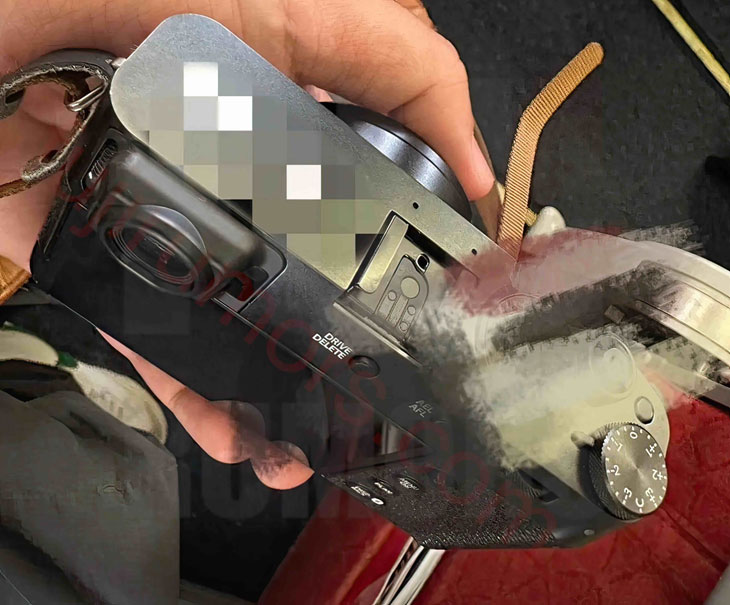
Finally, the leaked images of the to-be-announced Fuji X-100 VI Camera. The Camera looks like it is built like a tank from the initial set of leaked images. Back in December, we published the core specification of the upcoming Fuji X-100 VI camera, we do believe the same core specs the camera so take a look at the leaked specs once again
Fuji X100 VI Specifications
- 40MP APS-C X-Trans CMOS 5 HR BSI Sensor
- X-Processor 5 Image Processor
- Fujinon 23mm F2 Lens / OR Maybe a new lens
- Hybrid 0.52x OVF with 3.69m-Dot OLED EVF
- 3.0″ 1.62m-Dot Tilting Touchscreen
- DCI/UHD 4K Video Recording at 60 fps
- 425-Point Hybrid AF System | Improved AF Tracking
- Bluetooth and Wi-Fi Connectivity
- Film Simulation Modes
Fuji X100 VI Price
The price of the Fuji X-100 VI Camera is $1599
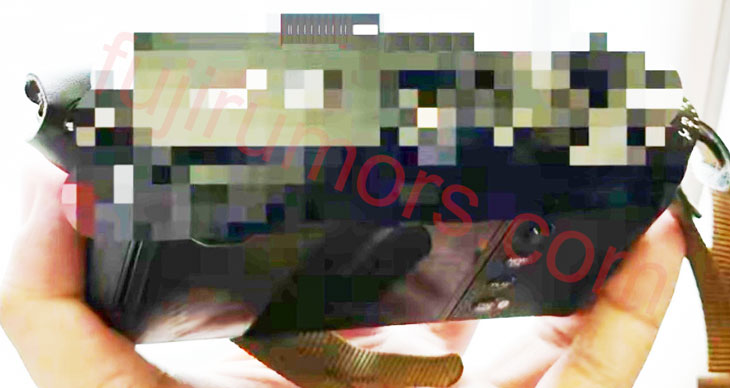
We will post an update as soon as we get more information related to the same.
Follow us on our social pages FACEBOOK | TWITTER | INSTAGRAM, –> See More Fuji Rumors Or subscribe to us via Email
src – FR.com
By admin, on January 24th, 2024

Back in December 2023, we wrote down the core specifications of the upcoming Fuji X-100 VI camera. We also listed the detailed core specifications of the Fuji X Pro 4, which will arrive in 2024 (Also published back in Dec 2023). Now We are receiving confirmation from rumor mills that the Fuji X-100 VI arriving with a 40MP APS-C X-TRANS CMOS SENSOR, now it’s time to again look back at the core specification of the upcoming Fuji X-100 VI camera.
Fuji X100 VI Specifications
- 40MP APS-C X-Trans CMOS 5 HR BSI Sensor
- X-Processor 5 Image Processor
- Fujinon 23mm F2 Lens / OR Maybe a new lens
- Hybrid 0.52x OVF with 3.69m-Dot OLED EVF
- 3.0″ 1.62m-Dot Tilting Touchscreen
- DCI/UHD 4K Video Recording at 60 fps
- 425-Point Hybrid AF System | Improved AF Tracking
- Bluetooth and Wi-Fi Connectivity
- Film Simulation Modes
So let’s enjoy it and hope that the Fuji X-100 VI camera will not only create a space among photographers but also become popular among content creators too.
The Specs that we expect from Fuji X-Pro 4
Fuji X-PRO 4 Specification
- 40MP APS-C X-Trans CMOS 5 HR BSI Sensor
- X-Processor 5 Image Processor
- 4K 60p 4:2:2 10-Bit Video
- 7-Stop In-Body Image Stabilization
- 425-Point Intelligent Hybrid AF System
- 3.69m-Dot OLED Electronic Viewfinder
- Bluetooth and Wi-Fi Connectivity
- ProRes & Blackmagic RAW via HDMI
The big news is that the Fuji X Pro 4 camera, which is coming this year, will also have the same core specifications we mentioned in December 2023.
Follow us on our social pages FACEBOOK | TWITTER | INSTAGRAM, –> See More Fuji Rumors Or subscribe to us via Email
Source FR.com
|
KEEP THIS BLOG ALIVE - Support New Camera Buy Canon Lenses, Buy Music CD or Digital Camera at amazon it helps this site, and you do not pay anything extra, it is just a way to help support this site.

|













